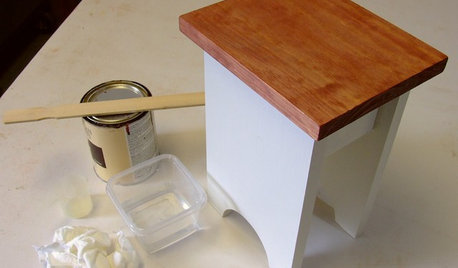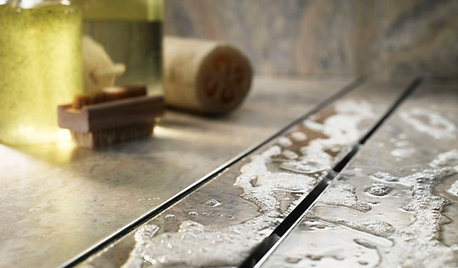recently applied oil poly turning stain orange?
buffswife
10 years ago
Featured Answer
Sort by:Oldest
Comments (15)
glennsfc
10 years agoRelated Professionals
Bellevue Flooring Contractors · Everett Flooring Contractors · Hastings Flooring Contractors · Orem Flooring Contractors · Plainfield Flooring Contractors · Raleigh Flooring Contractors · South Lake Tahoe Flooring Contractors · Temple Terrace Flooring Contractors · Worcester Flooring Contractors · Three Lakes General Contractors · Centereach General Contractors · Forest Grove General Contractors · Rolling Hills Estates General Contractors · Rowland Heights General Contractors · Waianae General ContractorsNikki Fuyala
8 years agoToni Cookson
6 years agohollycbs
6 years agoSJ McCarthy
6 years agohollycbs
6 years agoSJ McCarthy
6 years agoChessie
6 years agodaniel qian
2 years agoSJ McCarthy
2 years agoGina
2 years agoSJ McCarthy
2 years agomillworkman
2 years agolast modified: 2 years agodaniel qian
2 years ago
Related Stories

DIY PROJECTSCool Tip: Mimic Stain With a DIY Color Wash
Get the look of an oil-based stain without all the bother, using this easy wash made with paint
Full Story
KITCHEN CABINETSKitchen Cabinet Color: Should You Paint or Stain?
Learn about durability, looks, cost and more for wooden cabinet finishes to make the right choice for your kitchen
Full Story
HOUSEKEEPINGHow to Clean Grout — Stains and All
If your grout is grossing you out, this deep-cleaning method will help it look new again
Full Story
COLORTake a Slice From Psychology to Use Orange Better
Get the scoop on this attention-seeking hue and learn how it can bring a refreshing zing to your interiors — and your spirit
Full Story
EXTERIOR COLORThe Joyful Exterior: Orange on the Outside
Check out 8 homes that flaunt this feisty hue
Full Story
MOST POPULARFalling for Color: 9 Ways With Pumpkin Orange
From racing stripes to accent walls, see how to work this vibrant hue into your home
Full Story
GREAT HOME PROJECTSHow to Refinish a Wood Deck
Keep your deck looking its best — and save feet from splinters — by applying a new stain and sealant every year or so
Full Story
HOUSEKEEPINGDon't Touch Another Stain Before You Read This
Even an innocent swipe with water may cause permanent damage. Here's what to know about how rugs and fabrics react
Full Story
FLOORSHow to Paint Your Hardwood Floors
Know how to apply nail polish? Then you can give your wooden floors a brand-new look
Full Story
HOUSEKEEPING12 Cleaning Projects That Go a Little Deeper — Naturally
Eucalyptus oil for germy door handles. Baking soda for oven grime. Here are nontoxic solutions for often-overlooked cleaning jobs
Full Story








User